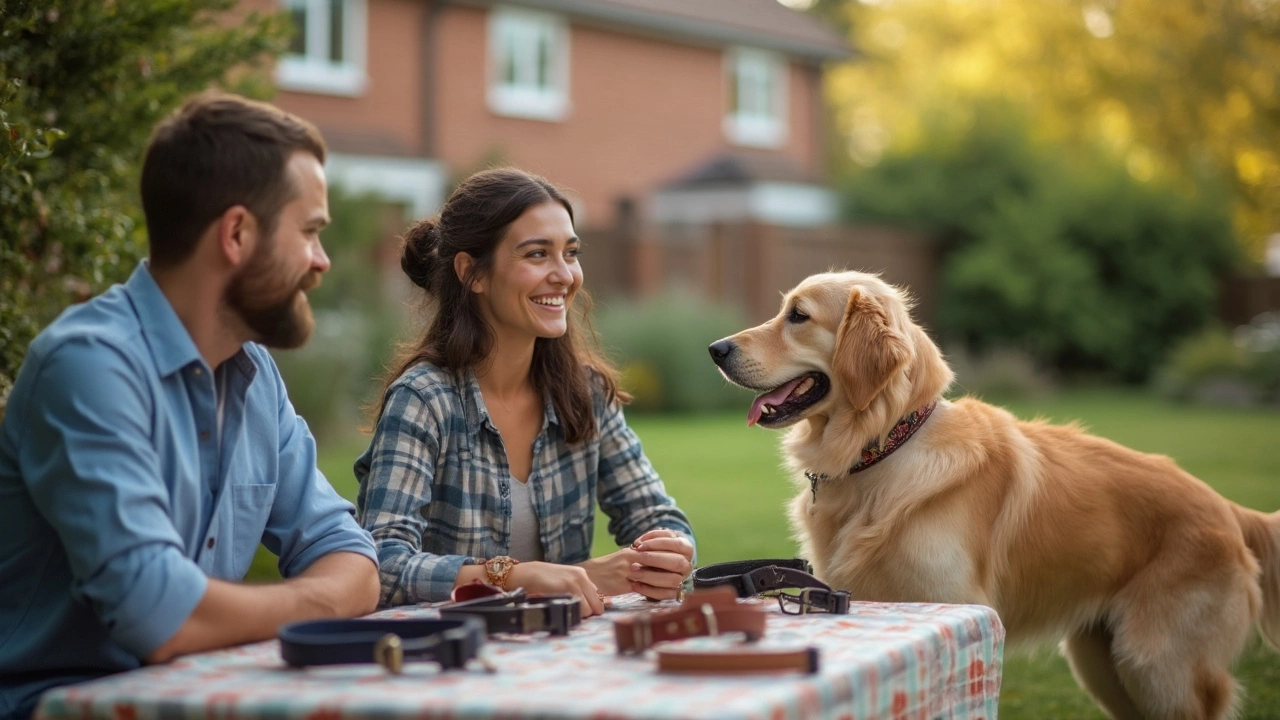Safety Collar Guide for UK Dog Owners
Whether you’re training a gundog or just keeping a family pet safe, the right collar can make a big difference. A safety collar isn’t just a piece of gear – it’s the line between a happy walk and a risky encounter. Below you’ll find the basics you need to pick, fit and use a collar that protects your dog and keeps you compliant with UK rules.
Why Safety Collars Matter
Collars do three things: hold ID, attach a leash and, in some cases, provide a quick‑release feature if the dog gets snagged. In the UK, the law requires every dog to wear a collar with the owner’s name and address when out in a public place. Failing to do so can lead to a fine, and more importantly, it makes it harder for strangers to reunite with you if your dog runs off.
Breakaway collars add another layer of protection. These are designed to snap open under pressure, preventing choking if the collar catches on a fence or a branch. They’re especially useful for dogs that love to chase wildlife or for indoor use where you don’t want a collar hanging on furniture.
Choosing the Right Safety Collar
Start by measuring your dog’s neck accurately – you’ll want a snug fit that still allows two fingers to slip underneath. If the collar is too loose, it can slide off; too tight, it can irritate the skin.
Material matters. Nylon is cheap and durable, but leather feels softer and can last longer with proper care. For dogs with sensitive skin, look for collars with a padded inner layer or a breathable mesh.
Check the buckle. Quick‑release buckles are convenient for fast removal, but a sturdy metal clasp offers extra security for powerful pullers. If you opt for a breakaway style, test the release pressure at home to make sure it’s not too sensitive – you don’t want it popping off on a regular leash walk.
Don’t forget the ID tag. A simple metal tag with your address and phone number can save hours of searching. Some owners add a QR code that links to a pet profile for extra detail.
Finally, think about the activity. Hunting dogs often need a sturdy, non‑reflective collar that won’t snag on brush. City dogs benefit from a reflective strip for nighttime visibility.
When you combine a legal‑compliant collar with a breakaway feature, you get peace of mind both at home and out in the field. Keep an eye on wear and replace the collar if the stitching loosens or the buckle shows signs of rust.These practical steps help you stay on the right side of the law and protect your dog from accidental injuries. For more detailed advice on indoor vs. outdoor collar use, check out our article "Should You Take Your Dog’s Collar Off at Home?" and the guide "Collar vs Harness: What Do Vets Really Recommend?". Happy walking!
- Morgan Ainsworth
- 0 Comments
Alternatives to Breakaway Dog Collars: What Works and Why
Curious about what to use instead of a breakaway collar for your dog? This guide explores the safest and most practical collar alternatives, how they work, and which dogs benefit from each style. You'll get tips on fit, safety, and choosing the right collar for your pet's habits. Save yourself from trial and error—get the facts you actually need. Every dog is different, so find out what's really best for yours.
View More
